January 10, 2020
The Legend of Chianti Classico Black Rooster
Tuscany
Italy

When it comes to Italian wines Tuscany is, without a doubt, among the favourite regions for wine lovers and Chianti is one of the most popular Tuscan reds. Let’s place the spotlight on Chianti Classico, a historical area within the region of Chianti.
Chianti Classico lies between Florence and Siena. The predominant grape variety there is Sangiovese – the name originates from the Latin phrase “sanguis Jovis”, “the blood of Jupiter”. Chianti Classico are premium Chianti wines that are characterized by a more complex structure and are more suitable for aging.
How to distinguish a Chianti Classico from a Chianti? Look for the emblem of the black rooster on the bottle – the symbol of Chianti Classico Wine Consortium.
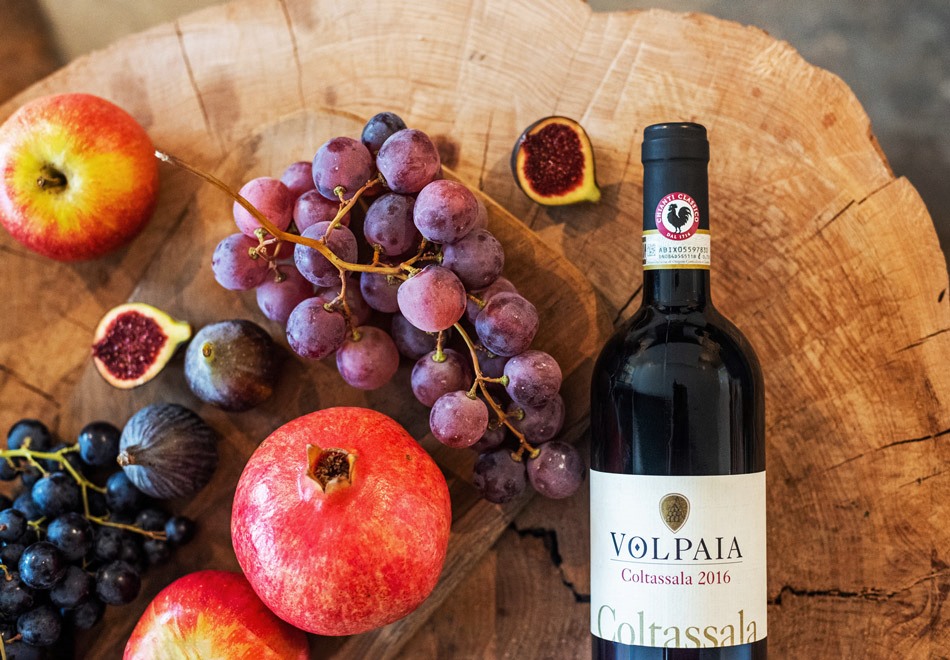
Back in the Middle Ages, there were fierce battles between Florence and Siena over control of the green hills of Chianti. Legend has it that one day they finally agreed on how to share the land; at dawn, as soon as the first rooster crowed, both cities would send out its rider bound for the rival city. Where the two riders met, the official borders would be established.
Siena picked a white rooster as their alarm clock. They fed the bird well, probably assuming he would crow with more enthusiasm. The Florentines, on the contrary, selected a black rooster and starved him. The hungry bird woke up and started crowing earlier than the well-fed white Sienese rooster. Just like that, the rider from Florence was able to establish a large part of the territory.
In honor of the little black rooster, we have two exceptional bottles of Chianti Classico to celebrate with!

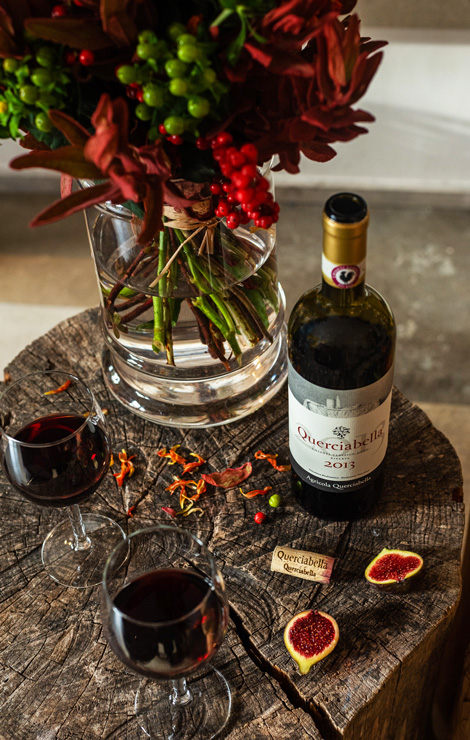
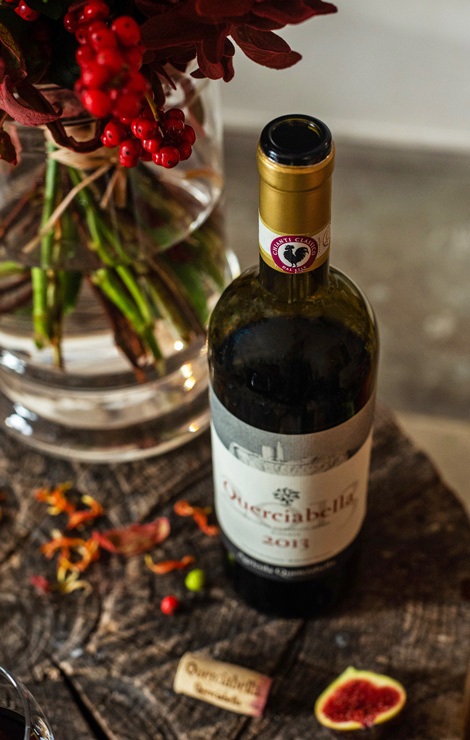
Querciabella Chianti Classico Riserva
The winery was founded in 1974. It has been organic since 1988 and biodynamic since 2000, making Querciabella one of the pioneers in Italy to employ these practices. The name Querciabella means “beautiful oak”, and it is entirely appropriate to this estate in Chianti Classico, which is surrounded by magnificent oak trees.
The wine is made from 100% Sangiovese and is bottled only in the best vintages. No animal products or byproducts are used in the production, making the wine suitable for vegans and vegetarians. The word “Riserva” on the label means that the wine has been aged for at least 24 months before release, while the standard Chianti Classico ages for a minimum of 12 months.
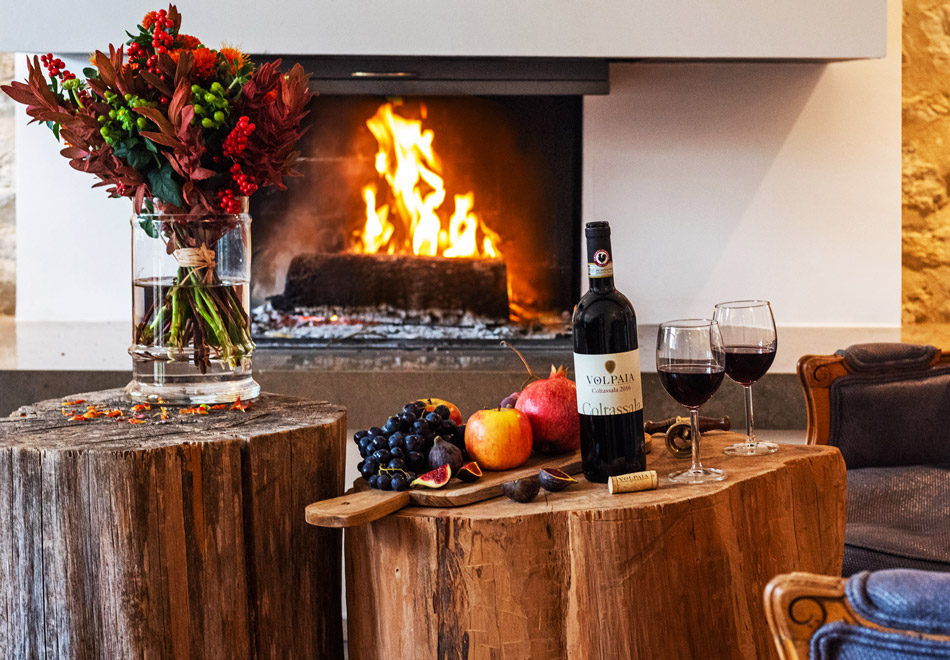
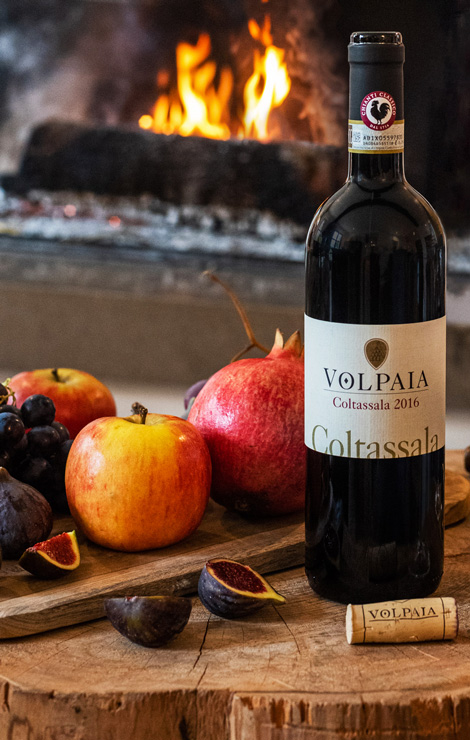
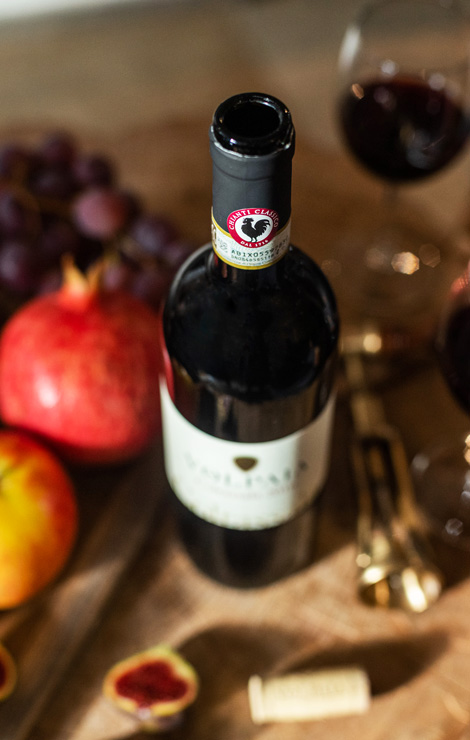
Castello di Volpaia Chianti Classico Gran Selezione Coltassala
The winery is located in the actual medieval village of Volpaia, which dates back to the 12th century. The modern wine history here began in the 1970s. The interiors of ancient houses and churches have been converted into wine cellars, bottling plants and olive presses. Castello di Volpaia produces certified organic wine. Their Chianti Classico Riserva 2015 has been listed as No.3 wine in Wine Spectator’s TOP100 of 2018.
Coltassala is one of Volpaia’s most famous wines. It has been produced since 1980 and is made from 95% Sangiovese. “Gran Selezione” on the label means wine of superior quality made from exclusively estate-grown grapes. Such wine must be aged for at least 30 months. In addition, before its release the wine must be judged and approved by a special tasting committee to confirm it deserves this special designation.
Photos by Zoya Stafienko for A.M.A Selections. All images © A.M.A Selections
OUR PROPERTIES
Browse the most exclusive holiday homes nearby
Discover a definitive collection of the region’s most exclusive holiday homes. Upon booking, our in-house concierge team will assist you in tailoring your stay to create an unforgettable holiday.
Create An Account
Get insider travel inspiration straight to your inbox.
Create an account with us and stay up-to-date with our exceptional properties, the hottest restaurants and calendar worthy events. Get inspired for your travels to Europe’s most fashionable destinations.
Want to
get in touch?
We are just a call or message away.
Discover More
About
Magazine
© 2025 A.M.A Selections. All rights reserved
© 2025 A.M.A Selections. All rights reserved